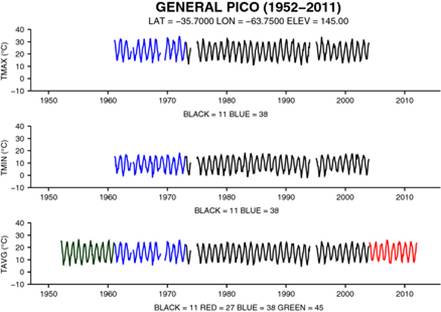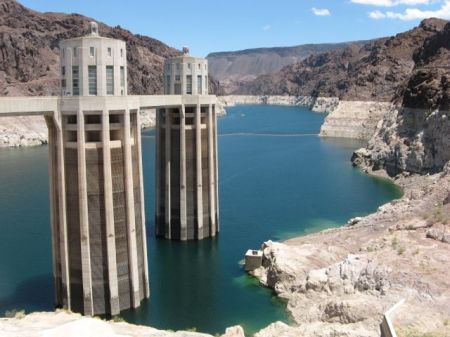My friend Bernard Naylor commented on the last article and his comments seemed insightful and considered. So I thought they deserved re-broadcasting away from the ‘invisible’ comments section.
Bernard wrote:
The best thing to do with GCSEs is to abolish them as the school-leaving age is being raised to eighteen. The education of our children, and the children themselves, suffer from too much external examination and assessment. (Schools should of course be conducting assessments internally as an ongoing duty – as no doubt they mostly are.) Other countries, with more successful education systems manage without this incessant micro-management from a government department.
I think this is a fair point, and amplifies this recent Guardian article. Given the current mess, it is hard to argue against this, but I am still unconvinced.
If the abolition of GCSEs were coupled with a proper recognition that both academic and vocational training were important then I can imagine benefits at both ends of the academic ability range.
But this is a difficult balance to achieve and has been screwed up before. And until a clear alternative (???) is proposed that addresses current failures, I would prefer to stick with the status quo.
Why? Because one of the major problems with educational policy has been that it has not remained the same for more than a couple of years at a time – and this endless change is in itself demoralising and counter-productive.
On no account should the government be setting syllabuses. It is a recipe for political interference with education. It may just about be OK in Physics, but in English Literature and History (for example), the recently departed Secretary of State has been having a pernicious effect, with (among other faults) too much harking back to what was OK when he was at school, donkeys years ago.
There should be independent statutorily established bodies with responsibility to determine overall course content and educational objectives – and professional teachers should be trusted much more at the detailed level. The function of the inspectorate should be one of monitoring and mentoring, It’s just a short time since Ofsted decided that ‘Satisfactory’ actually meant – well – unsatisfactory! Every school has room for improvement. Giving any school a judgment that doesn’t imply that is simply wrong. We can all get better!
And I entirely agree with you about the lunacy of having ‘competition’ in the examination system.
I think that is what I meant to say. My key point is that there should be only one body setting exams.
Publishers should compete to publish good books and other learning resources.
Just a final point about universities’ calibration of examination marking, which of course I watched quite closely, from a detached standpoint, for about a quarter of a century. If anything above 70% is a first, and anything below 30% is a fail, that means that 60% of the calibration scale (i.e. above 70 and under 30) has no meaning. Calibration being one of your strong points, can you possibly justify that? I never heard a reasonable defence of it from any of my teacher colleagues!
Let me try to defend it. At the top of the scale there were occasionally students – less than one a year at University College London – whose average mark was above 90%. Such students were truly exceptional.
Although these ‘90%-students’ shared a degree classification with ”70%-students’ – the range of the scale allowed their exceptional abilities to be noted – and I promise you, their abilities were noticed!
At the bottom of the scale, one simply needs to pick a level represents ‘this student hasn’t got a clue’. Picking 30% – or 35% at UCL if I remember correctly – is arbitrary. Arguably it should be higher.
And talking of ‘academia’, one thing that impressed me during my academic career was the care taken in Exam Board meetings. I don’t think students had a clue that every single student’s mark and performance was considered – often at great length.
And the key question asked was whether the mark made ‘sense’. In other words, the Exam Board used the exam results as an aid to judgement – and not a substitute for it. It was very rare for the board to change marks – that would in general be unfair. But where fairness demanded it, we did it.






